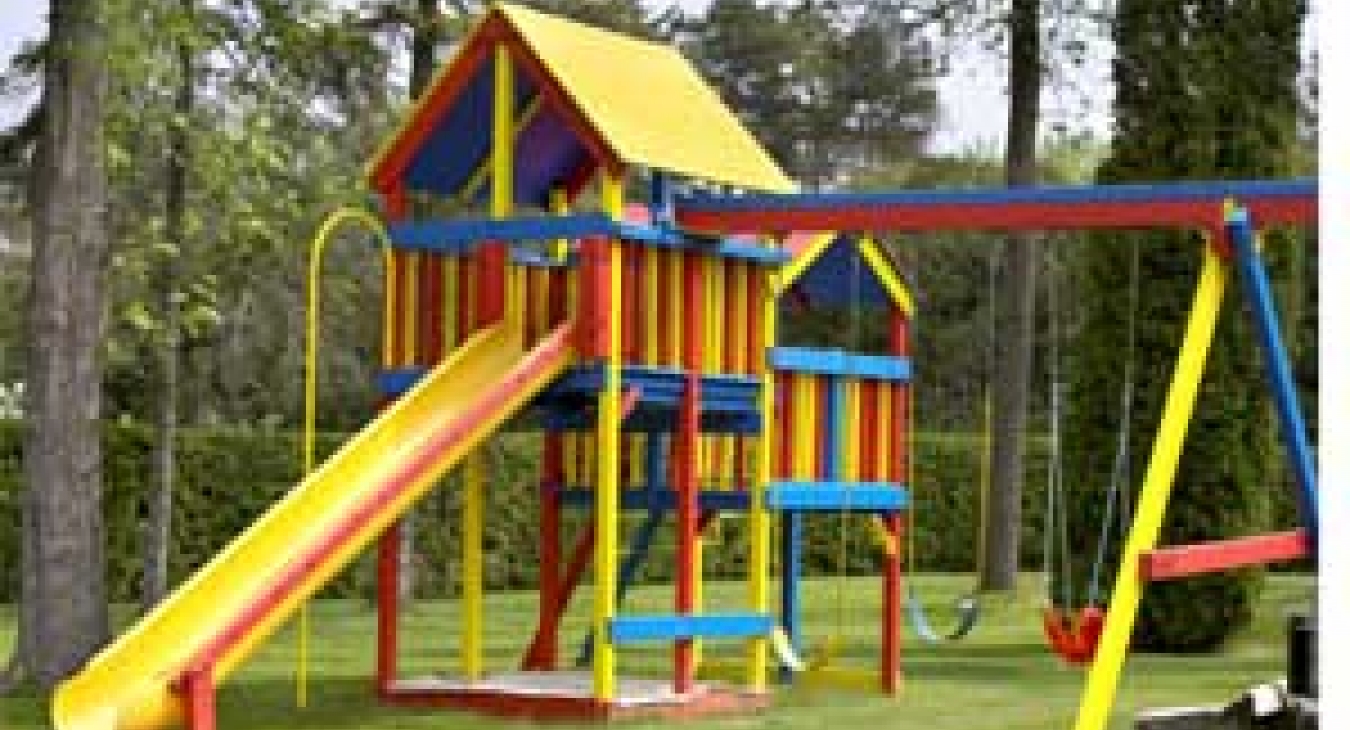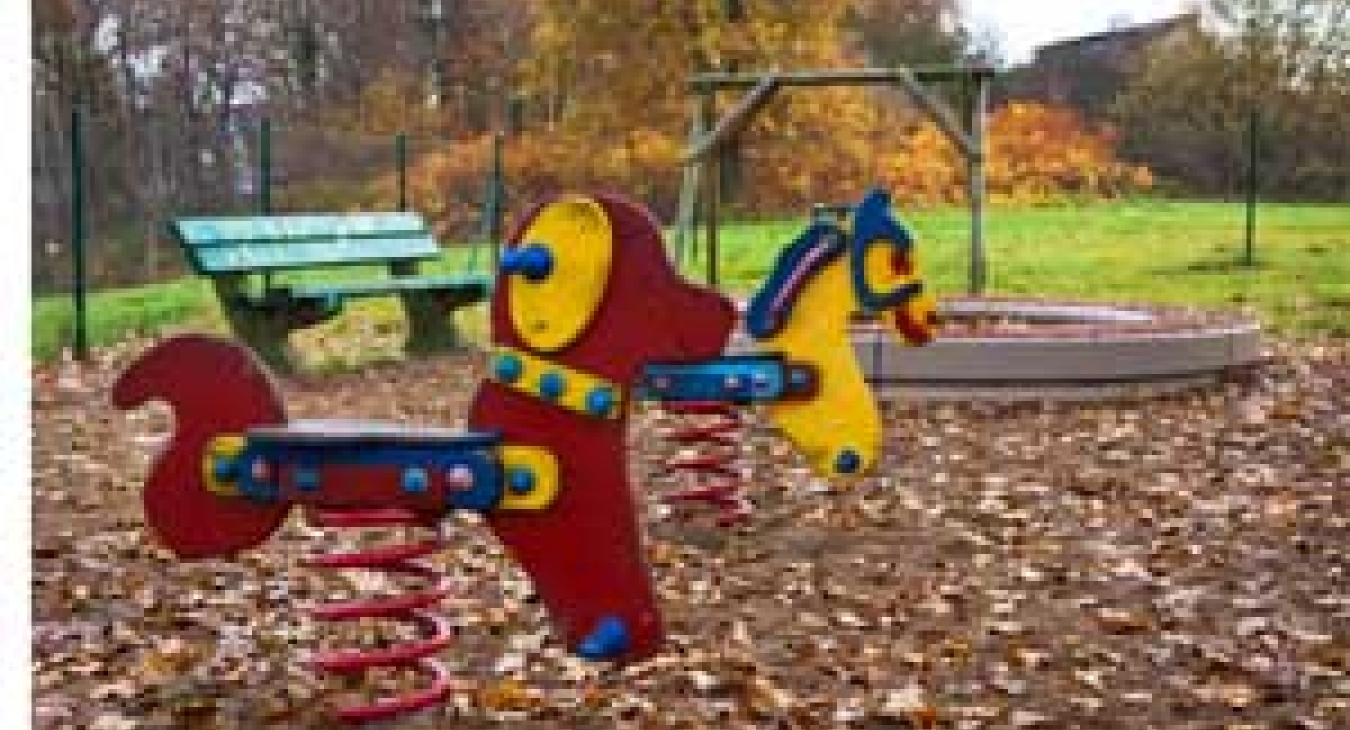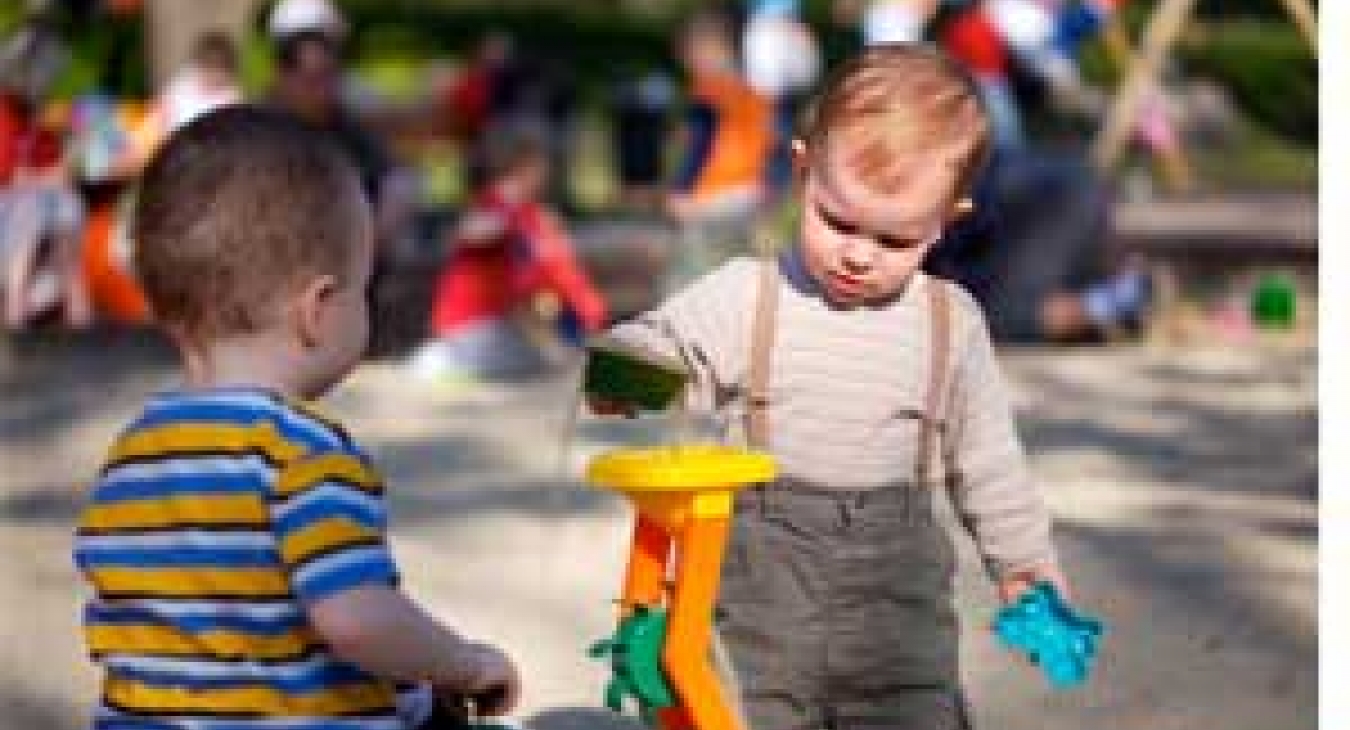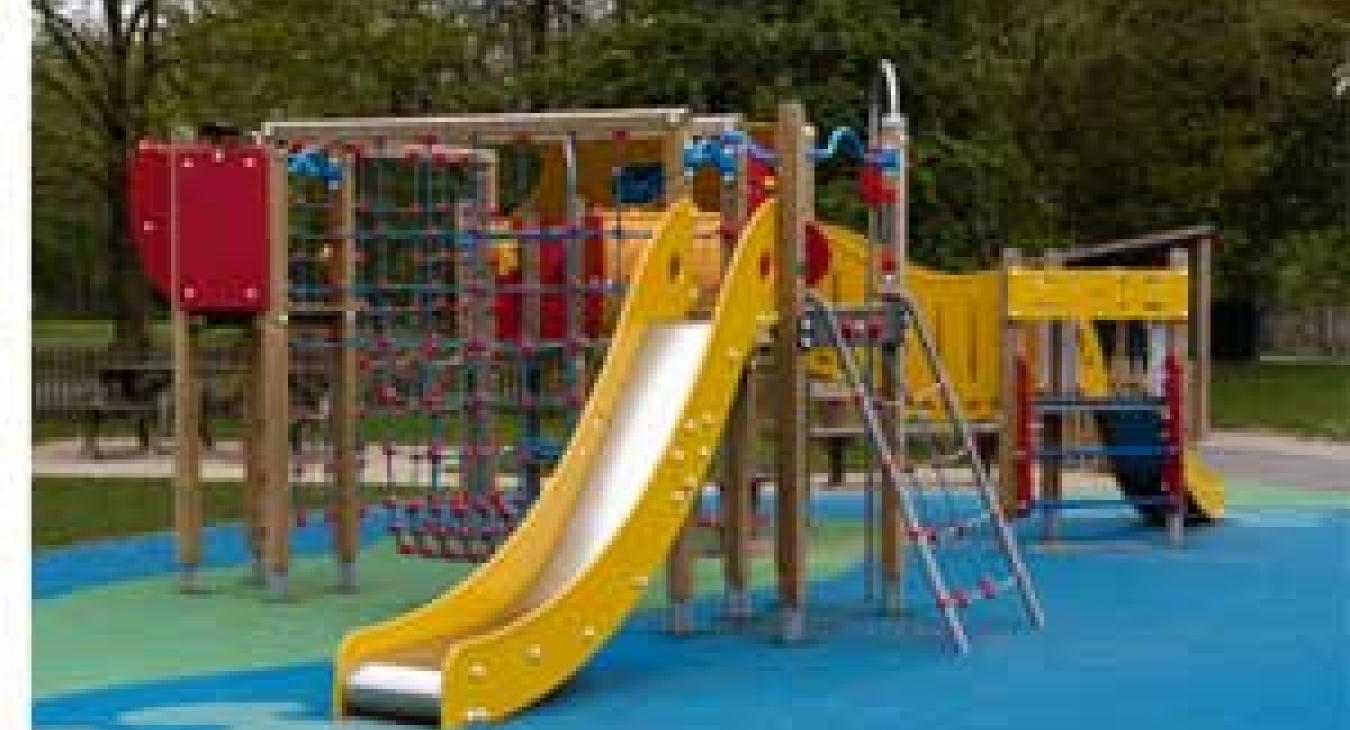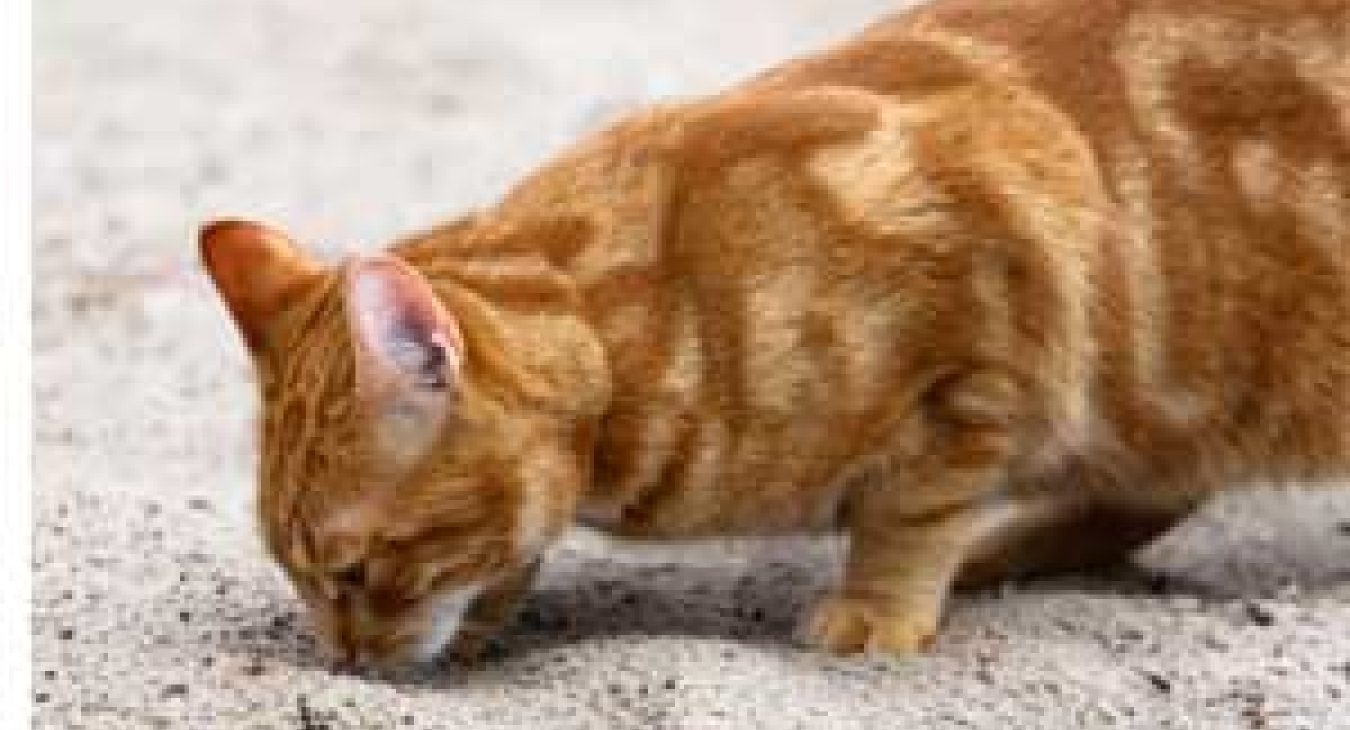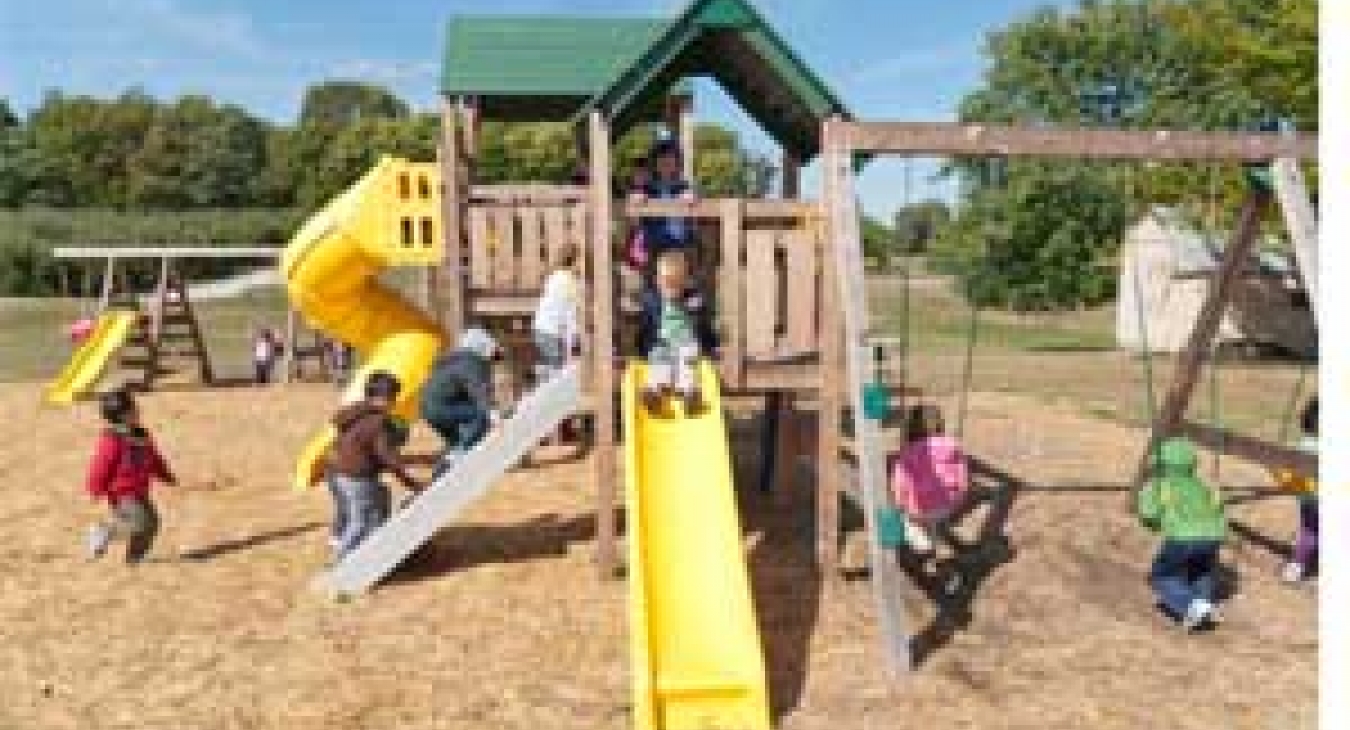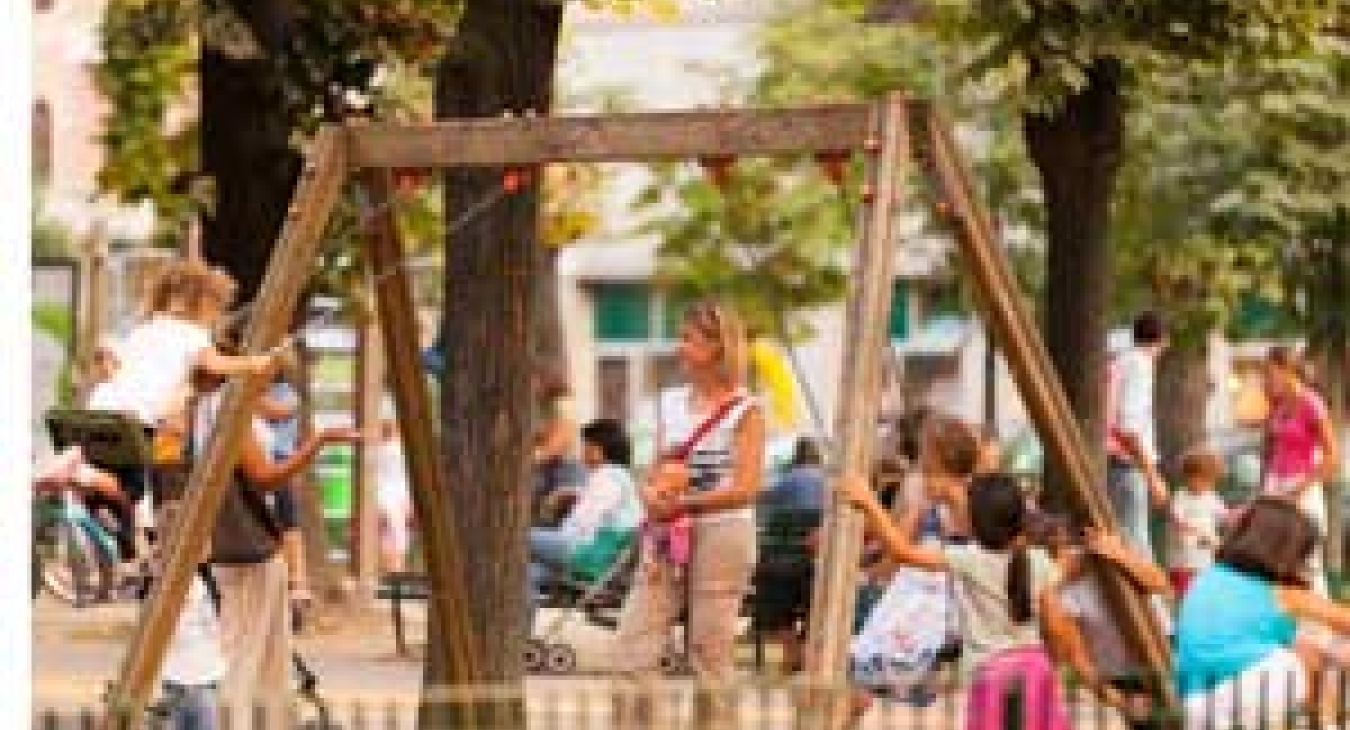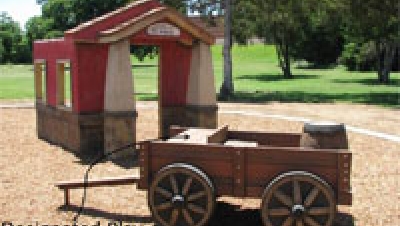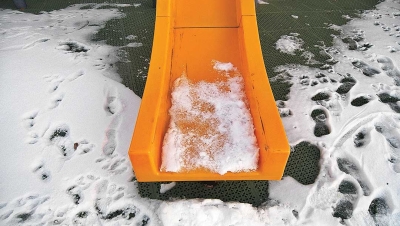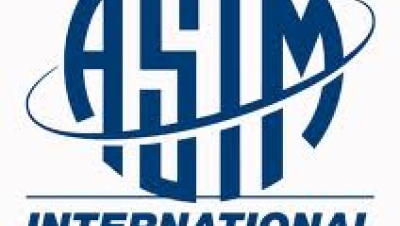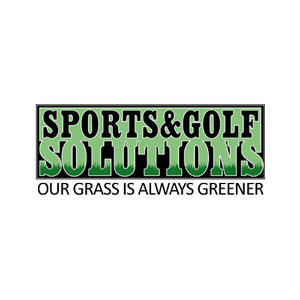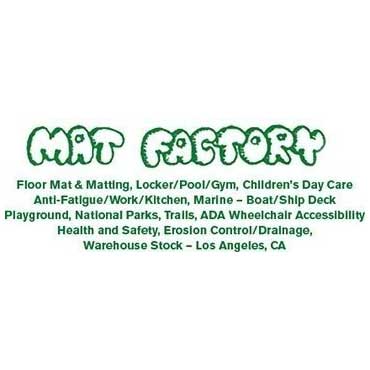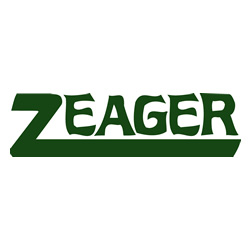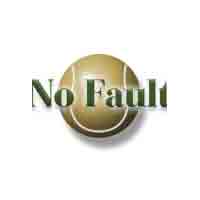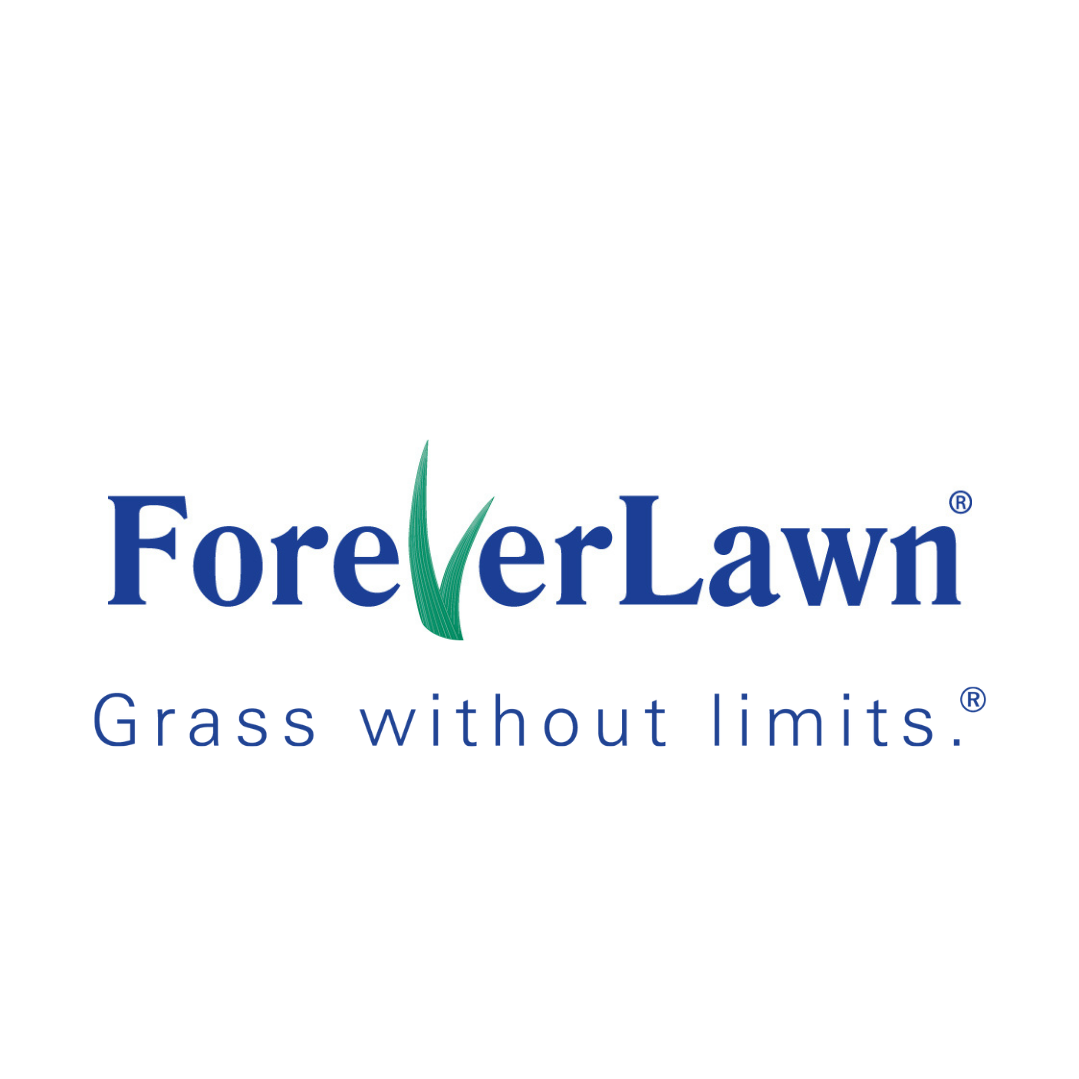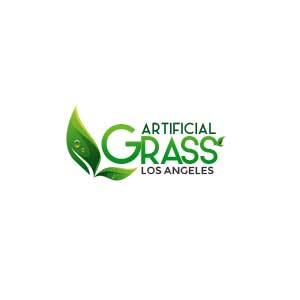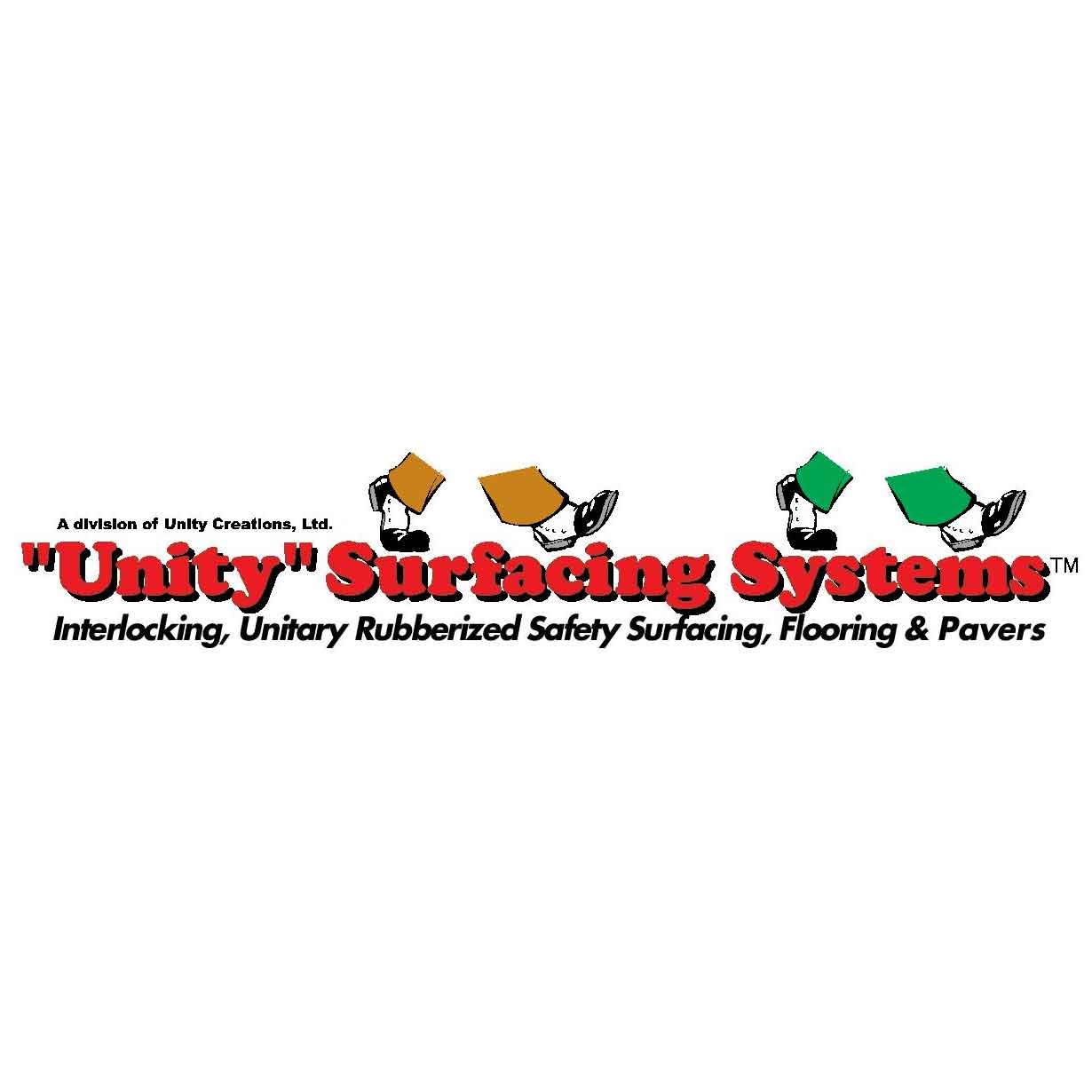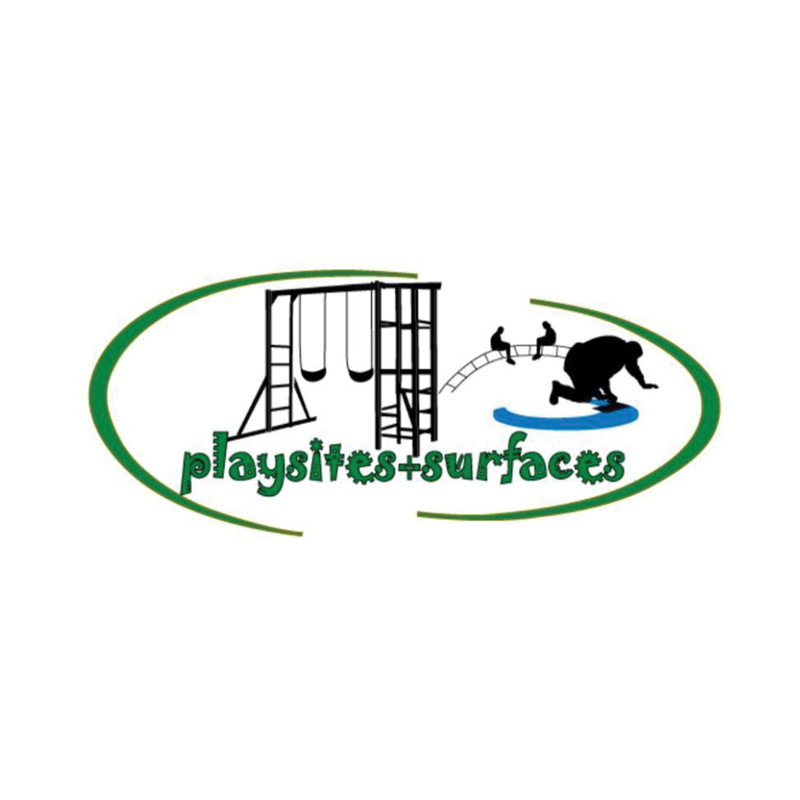Are playgrounds really safe?
Is it a reasonable expectation of parents that our children are safe when playing on a playground? Safety standards, especially those related to playground safety surfaces, play a huge role in answering this question. But are the safety standards really safe? It could be argued that they currently are not.
In addition, is it more important to provide better playground fall safety or provide greater disabled accessibility under ADA? Because some surfaces which provide better ADA access may not perform well for fall height protection, when compared to the alternatives. In the future, could it appear that in the effort to install more unitary surfaces, the result was effectively creating more serious injuries where otherwise healthy and able children potentially became disabled?
These are perhaps some very important concerns on this topic which haven’t been addressed properly, and arguably should be.
Playground Injury Stats & Safety Surfaces
Statistically, an average of 600 kids a day end up in emergency rooms due to playground injuries in the U.S.1, and about 79% of these are due to falls and surface impact.2 These impacts tend to involve injuries to the face or head for kids under age 6, and arm or leg injuries for older children. Therefore, it makes perfect sense that effective playground fall safety surfacing is one of the most important factors in playground injury prevention today.

Dirt, grass, and obviously concrete and asphalt are not considered safe playground surfaces anymore. Since the inception of playground safety standards and creation of the Safe Kids organization in the 1980s, the result is a 45% reduction of child fatalities on public playgrounds.3This accomplishment is significant and a great argument against anyone who might feel it doesn't matter or say, “Well, when I was little, I played on ______, and I survived.”
Acceptable playground safety surfaces commonly possess one or both of the two methods of impact attenuation to prevent serious injuries and deaths from falls, through compression and/or dispersion. Examples of compression alone include unitary or monolithic surfaces such as Poured-In-Place (PIP), playground mats and tiles, and synthetic turf with padding underneath it. Dispersion is best demonstrated with products such as sand, and pea gravel is no longer considered a good safety surface.4 Loose fill products often provide the benefits of both compression and dispersion, to varying degrees. This all depends on the size, shape, uniformity and composition of the particulates, and the manner and amount of compaction.
Playground Safety Standards
Playground safety standards in the U.S. were first established about 30 years ago. Safety surfaces could then be uniformly tested, the collected data interpolated and compared to an impact threshold intended to define the point where it’s likely a head impact could result in permanent disability or death, including traumatic brain injury (TBI). Of particular note is the term, “likely,” which in most cases means something much more probable to occur than a definition of merely “possible.”
 The data used to create such standards, specifically ASTM F1292, or “Standard Specification for Impact Attenuation of Surfacing Materials Within the Use Zone of Playground Equipment,” was sourced from National Highway Traffic Safety Administration (NHTSA) crash tests performed in the 1960s and ’70s – primarily using cadavers and large animal body parts for this testing.
The data used to create such standards, specifically ASTM F1292, or “Standard Specification for Impact Attenuation of Surfacing Materials Within the Use Zone of Playground Equipment,” was sourced from National Highway Traffic Safety Administration (NHTSA) crash tests performed in the 1960s and ’70s – primarily using cadavers and large animal body parts for this testing.
The NHTSA data available at that time established a single threshold of 1000 HIC (Head Injury Criteria) and 200 G-max., which is still in use to this day for all age groups. The HIC scores for playground fall safety surfaces are calculated from the impact data collected during specifically defined ASTM F1292 testing over 3 drops from a specified height (in feet), under each of three temp. ranges.
Impact Safety Data Indicates Current Playground Standards Are Unsafe
In the 1990’s scientific studies started looking into the long term impact of head injuries to athletes within sports such as football and boxing, which shed light on how dangerous concussions and head impacts really are. Shortly thereafter, the NHTSA conducted new crash tests, this time the resulting data was interpolated for various age groups, more notably younger children such as toddlers (ages 1-3), and preschoolers (ages 4-5).
 In the NHTSA report of March, 2000, the collected and interpolated data proved for the first time the actual impact thresholds where permanent injury or death might be likely to occur were quite significantly different by age group.5 The analysis of this report from over 14 years ago appears to have arrived at far different conclusions than prior data, thereby proving scientifically the current playground impact attenuation thresholds are quite likely grossly unsafe. Consequently, it is likely many of the commonly used playground safety surfaces are also unsafe for the fall heights for which they are specified and installed, and deemed as “safe.”
In the NHTSA report of March, 2000, the collected and interpolated data proved for the first time the actual impact thresholds where permanent injury or death might be likely to occur were quite significantly different by age group.5 The analysis of this report from over 14 years ago appears to have arrived at far different conclusions than prior data, thereby proving scientifically the current playground impact attenuation thresholds are quite likely grossly unsafe. Consequently, it is likely many of the commonly used playground safety surfaces are also unsafe for the fall heights for which they are specified and installed, and deemed as “safe.”
According to subsequent analysis of that NHTSA March 2000 report data, 150 G-max is actually more accurate when measured against 1000 HIC, so it appears the 200 G-max is an inaccurate quantitative comparison. It also shared the alarming truth that ages 6 to adult are likely to suffer permanent brain injury or death at only 700 HIC, not 1000 HIC. Furthermore, this dangerous threshold drops to as low as only 390 HIC for toddlers from age 1 to 3, and 570 HIC for preschool children at ages 4 and 5.5
Now That We Know What We Didn’t Know, Have Safety Standards Improved?
In short, no. A reasonable person might conclude that if and when the NHTSA reported significantly different impact data related to playground impact attenuation and safety, specifically concerning life threatening injuries to children, there would be swift and corresponding revisions to playground safety based on the new information. Unfortunately, this doesn’t appear to be the case. After all, it’s been over 14 years and the best that’s happened on this regarding ASTM F1292 is ASTM Work Item considered for F1292-09 revision, yet still not adopted as of the F1292-13 revision.6
What’s Wrong With ASTM F1292 Testing Standards?
It may be important to note the test methods developed by ASTM International (formerly the American Society for Testing and Materials) for measuring playground fall safety under ASTM F1292-13 may also appear to be flawed, not just based on what can be deemed unacceptable and unsafe threshold standards, but also by not taking into account the inherent and known acceptable limits of electronic instrument capabilities used for these tests. Specifically, the accelerometer devices used for conducting and collecting the test data.
All electronic devices, as well as the components used within them, typically have acceptable “Mean Time Between Failure” (MTBF) rates established by their respective manufacturers. The current ASTM test methods do not seem to address this at all, even when faced with seemingly obvious errata commonly observed during testing drop sequences conducted under ASTM F1292 testing methods and standards. Perhaps the adoption of more stringent testing standards would increase testing accuracy, including more drops to average the results, as was recommended in 2000.4
How About That (Not So) Great Smooth and Sponge-like Playground Surfacing?
 The type of safety surfacing the playground industry appears to be rallying around is monolithic or unitary in nature, typically called Poured-In-Place (PIP), playground mats or tiles. However, it’s not really as safe and easy (or inexpensive) to install ormaintain as one might think, often costing 2-5 times more than loose-fill surfaces.
The type of safety surfacing the playground industry appears to be rallying around is monolithic or unitary in nature, typically called Poured-In-Place (PIP), playground mats or tiles. However, it’s not really as safe and easy (or inexpensive) to install ormaintain as one might think, often costing 2-5 times more than loose-fill surfaces.
Any unitary surface which absorbs impact can do so only by compression, trapping the body part which comes in contact with the surface at that initial impact point. The kinetic energy of a child falling is transferred to the unitary surface upon initial impact and compression, with the surface releasing this kinetic energy immediately during decompression, pushing back against the child while the child is still in a downward motion.7 Obviously this has the ability to amplify the intensity of the impact and increase the severity of injury.
Experts have observed that children twist and turn as they fall. If a child were to impact this material with a clockwise rotation energy motion, a certain amount of this rotational energy can be absorbed by the unitary surface, with the decompression resulting in an opposite counter-clockwise direction or twisting action to discharge this collected energy. After all, unitary surfaces are going to return to their original position.
 I have personally been approached by doctors, surgeons, paramedics and emergency room personnel who have repeatedly and independently shared their observations where they’ve stated about 80% of the broken necks or long-bone radial or spiralfractures they have treated from playground injuries are a result of impact on a unitary surface such as playground PIP, mats or tiles. It can be 444% to 700% more likely to sustain an injury on poured-in-place than rubber mulch, and higher temperatures can play a role in limiting impact safety.8
I have personally been approached by doctors, surgeons, paramedics and emergency room personnel who have repeatedly and independently shared their observations where they’ve stated about 80% of the broken necks or long-bone radial or spiralfractures they have treated from playground injuries are a result of impact on a unitary surface such as playground PIP, mats or tiles. It can be 444% to 700% more likely to sustain an injury on poured-in-place than rubber mulch, and higher temperatures can play a role in limiting impact safety.8
Every 2-3 years resurfacing or patching can be required, which can cut the fall height protection in half each time, unless the damaged surface area and underlying section is completely removed and replaced. At the end of a typical 7 to 10 year lifespan, the fall safety can be almost nonexistent within heavy wear areas which have been patched many times, and if infected (which is likely) it could require special protective equipment to remove it as it could be considered hazardous waste.
As we know, kids can and will spit, sneeze, cough and spill things over time. Due to the nature of PIP retaining moisture, along with heat and air, it has been reported that PIP can often collect, grow and harbor numerous types of infectious and/or contagious bacteria such as salmonella, streptococcus or staphylococcus unless properly disinfected on a regular basis. Imagine it as sort of a giant Petri dish, and an excellent place for nasty and infectious things to grow unless they are dealt with regularly.
Many communities have had to deal with lawsuits as a result of the injuries sustained on these types of surfaces. For some reason, none of this appears to be considered within existing ASTM F1292 playground safety surface testing standards, nor architects, site owners, or parents.
Loose Surfaces Are Safer, But Which Ones Are Safest?
 Loose fill surfaces absorb impact much better than unitary surfaces, because they usually cannot store any kinetic energy to be discharged after impact attenuation as is common with unitary or monolithic surfaces such as PIP, mats or tiles. They tend toboth disperse and compress during impact, to varying degrees.
Loose fill surfaces absorb impact much better than unitary surfaces, because they usually cannot store any kinetic energy to be discharged after impact attenuation as is common with unitary or monolithic surfaces such as PIP, mats or tiles. They tend toboth disperse and compress during impact, to varying degrees.
While playground sand, wood chips or Engineered Wood Fiber (EWF) are commonly used, they too can carry risks. With respect to playground sand, it’s somewhat obvious what it commonly gets used for by pets and feral animals, both of which commonly carry pathogens, contributing to infection by zoonotic parasites through the skin upon contact. Wood chips or fiber aren’t much better, because wood can also attract termites, rodents, slime mold, fungus, and all sorts of other lovely elements. The National Institutes of Health (NIH) recommends replacing playground sand or wood every 2 years. Interestingly, a 2009 study found that falls onto EWF versus sand were between 287% and 496% more likely to result in arm fractures.9
 Certain recycled rubber mulches carry the highest safety and longest lasting fall height protection available out of any other playground safety surface. However, most do not have 100% of the exposed steel wire removed from the steel belted radial tires, which can often result in serious cuts. One recycled rubber mulch product is made from bias-ply tires, which don’t have steel belts, so it’s 100% wire-free. Smaller particulates tend to provide greater density and up to 100% better fall safety than other rubber mulches, while maintaining a more even depth without seemingly constant raking and leveling maintenance.
Certain recycled rubber mulches carry the highest safety and longest lasting fall height protection available out of any other playground safety surface. However, most do not have 100% of the exposed steel wire removed from the steel belted radial tires, which can often result in serious cuts. One recycled rubber mulch product is made from bias-ply tires, which don’t have steel belts, so it’s 100% wire-free. Smaller particulates tend to provide greater density and up to 100% better fall safety than other rubber mulches, while maintaining a more even depth without seemingly constant raking and leveling maintenance.
Many recycled rubber mulches also lack the protection necessary for their typically organic or mineral-based paint coating from being affected by microbes (mold, mildew, fungus and bacteria), which happens naturally when exposed to heat, air and moisture (as most of us learned about in high school biology class). Once the paint coating is compromised, the marking of skin, shoes and clothes can easily occur.
Proposed Changes to Playground Fall Safety Standards (ASTM F1292)
 Proposed changes to the fall safety standards are commonly referred to as the HIC-15 standard, as proposed under ASTM WK44118, consider lowering the acceptable impact threshold to 700 HIC and G-max. scores in line with the NHTSA findings from their more recent test report results. While this is a welcome change, it really only provides proper fall safety for children at age 6 or older, and reducing this to 400 HIC or even 570 HIC would be better.
Proposed changes to the fall safety standards are commonly referred to as the HIC-15 standard, as proposed under ASTM WK44118, consider lowering the acceptable impact threshold to 700 HIC and G-max. scores in line with the NHTSA findings from their more recent test report results. While this is a welcome change, it really only provides proper fall safety for children at age 6 or older, and reducing this to 400 HIC or even 570 HIC would be better.
I feel the only way anyone can make sure their playground provides proper fall safety is to specifically request the full and complete test data for ASTM F1292-09 or newer testing from an IPEMA approved testing lab, then comparing them for the age group for which the playground is intended and the corresponding fall height for the equipment being used. This really means the highest point from which a child can fall from, even if the playground equipment is used in unintended ways. In other words, don’t rely on the (often incorrect) max. fall height provided by equipment manufacturers, who unfortunately often rely solely on ASTM F1487 standards which refer to the max. fall height of a landing, of say 5 feet, on a raised playhouse, not the higher areas that kids can and do often access (and can likely fall from).
In reality, there are often rails, a roof, or horizontal ladders which are typically higher than the floor of the raised playhouse. I’ve seen kids using playground equipment in very unique ways, sometimes on top of that roof, or trying to walk across the top of the horizontal ladders. Under ASTM F1292, those are likely the highest points for determining the proper fall height, and it should be yours, too. Especially if you’re concerned about playground fall safety and mitigating potential injuries to children.
Who’s In Charge and How Can We Improve Playground Fall Safety?
Ultimately, it is the responsibility of each and every playground site owner or manager/operator, as well as parent or caregiver ofa child, to make the best choices possible when it comes to playground safety, including playground monitoring and supervision. I feel more playground fall safety surface manufacturers should provide their full and complete (unedited) ASTM F1292-09 or F1292-13 scores from an IPEMA approved testing lab, so that an accurate comparison of the respective HIC scores for each surface and test height can be made as recommended in the Consumer Product Safety Commission Publication 325 (Public Playground Safety Handbook).
 It is absolutely crucial that the playground safety surface selected provides the appropriate fall height protection for the playground equipment, and is installed and maintained properly during its lifespan. Part of this means inquiring about and understanding the merits and problems associated with each safety surface being considered, along with planning and budgeting for maintaining the surfacing properly, addressing any expected deterioration in the impact attenuation over time or conditions, as well as removal and replacement of it at the end of it's functional lifespan.
It is absolutely crucial that the playground safety surface selected provides the appropriate fall height protection for the playground equipment, and is installed and maintained properly during its lifespan. Part of this means inquiring about and understanding the merits and problems associated with each safety surface being considered, along with planning and budgeting for maintaining the surfacing properly, addressing any expected deterioration in the impact attenuation over time or conditions, as well as removal and replacement of it at the end of it's functional lifespan.
A Playground Safety Plan for each play area is a great resource to develop to include protocol for all of the above, upon which you can rely for perhaps the process for dealing with any event of playground injury, and how to assess the need for drop testing of your playground safety surface to make sure it maintains the highest level of proper fall safety for your specific playground site, equipment, and environmental conditions.
Conclusions
It’s true that we don’t know what we don’t know until we know it, and analysis of the NHTSA March 2000 data confirmed the current playground fall safety standards of 1000 HIC and 200 G-max. really aren’t safe. Indeed, they are likely far from it.Hopefully this will change soon, as well as the methods and standards for playground fall testing.
 Know the facts. Understanding and assessing all viable options for each individual location and it's needs leads to better decisions about playground safety, and safety in general. Providing the proper area and age-appropriate equipment for a playground, selecting, installing and maintaining the best safety surfacing for your requirements, as well as supervision, are critical elements to achieve the best possible playground safety. Don't forget to regularly inspect the equipment, as well, and repair as required.
Know the facts. Understanding and assessing all viable options for each individual location and it's needs leads to better decisions about playground safety, and safety in general. Providing the proper area and age-appropriate equipment for a playground, selecting, installing and maintaining the best safety surfacing for your requirements, as well as supervision, are critical elements to achieve the best possible playground safety. Don't forget to regularly inspect the equipment, as well, and repair as required.
It appears unitary or monolithic surfaces: a) may not be the best choice for certain applications and higher playground max. fall heights; b) are perhaps more appropriate for minimal or nonexistent fall height conditions such as splash pads or for ADA accessibility; and, c) these types of surfaces in many playgrounds are often not properly maintained and may possess harmful and/or infectious elements, and may no longer continue to provide the proper fall safety as intended over time, under applicable weather conditions or after repairs.
I feel access to information is the only way to make the best educated decisions about anything, including playground safety and surfacing. This is really speaking to protecting our most vital resource, our children. After all, they are our future, and playground social interactions often play a vital role in shaping the healthy and responsible adults (and future parents) they become.
Works Referenced
- O’Brien C. “Injuries and Investigated Deaths Associated with Playground Equipment, 2001–2008” Bethesda, MD, U.S. Consumer Product Safety Commission, October 2009
- Tinsworth D. & McDonald J. “Special Study: Injuries and Deaths Associated with Children’s Playground Equipment” Washington, D.C., U.S. Consumer Product Safety Commission, April 2001
- “Raising Safe Kids: One Stage at a Time – A Study of Child Development and Unintentional Injury.” Washington, D.C., Safe Kids Worldwide, March 2009
- Mack M., Sacks J. & Thompson D. “Testing the Impact Attenuation of Loose-Fill Playground Surfaces” Injury Prevention, Vol. 6, Issue 2, 2000
- Huber R. “Impact Attenuation Values and Prevention of Head Injuries in Children’s Playgrounds – Do Children Deserve the Same or Better Protection than in an Automobile Crash.” Canadian Playground Advisory Inc., July 2011
- ASTM WK44118 – “Revision of F1292 - 09 Standard Specification for Impact Attenuation of Surfacing Materials within the Use Zone of Playground Equipment.” West Conshocken, PA, ASTM International, Subcommittee F08.63, Committee F08
- Davidson P.L., Wilson S.J., Chalmers D.J., Wilson B.D., Eager D. & McIntosh A.S. “Analysis of Energy Flow During Playground Surface Impacts” Journal of Applied Biomechanics, October 2013
- Branson L.J., Latter J., Currie G.R., Nettel-Aguirre A., Embree T., Hagel B.E. “The Effect of Surface and Season on Playground Injury Rates” Paediatrics & Child Health, November 2012
- Howard A.W., Macarthur C., Rothman L., Willan A., Macpherson A.K. “School Playground Surfacing and Arm Fractures in Children: A Cluster Randomized Trial Comparing Sand to Wood Chip Surfaces” PLoS medicine, Vol. 6, No. 12, 2009
Standards Referenced
- ASTM F355 – “Standard Test Method for Shock-Absorbing Properties of Playing Surface Systems and Materials” West Conshocken, PA, ASTM International, 1995, 2001, 2009, 2010, 2010a
- ASTM F1148 – “Consumer Safety Performance Specification for Home Playground Equipment” West Conshocken, PA, ASTM International, 2000, 2003, 2005, 2008, 2009, 2011
- ASTM F1292 – “Standard Specification for Impact Attenuation of Surfacing Materials Within the Use Zone of Playground Equipment” West Conshocken, PA, ASTM International, 1991, 1993, 1999, 2004, 2009, 2013
- ASTM F1487 – “Standard Consumer Safety Performance Specification for Playground Equipment for Public Use” West Conshocken, PA, ASTM International, 1998, 2001, 2001e1, 2005, 2005, 2007, 2007a, 2007ae1, 2011
- ASTM F1951 – “Specification for Determination of Accessibility of Surface Systems Under and Around Playground Equipment” West Conshocken, PA, ASTM International, 1999, 2008, 2009, 2009a, 2009b, 2014
- ASTM F2075 – “Specification for Engineered Wood Fiber for Use as a Playground Safety Surface Under and Around Playground Equipment” West Conshocken, PA, ASTM International, 2001, 2001a, 2004, 2004e1, 2010, 2010a
- ASTM F2223 – “Standard Guide for ASTM Standards on Playground Surfacing” West Conshocken, PA, ASTM International, 2003, 2004, 2004e1, 2009, 2010
- ASTM F2479 – “Guide for Specification, Purchase, Installation and Maintenance of Poured-In-Place Playground Surfacing” West Conshocken, PA, ASTM International, 2007, 2010, 2011, 2012
Other Playground Safety Related Standards, Information & Resources
- Assessment Kits – Child care and school assessment kits for outdoor play environments (for sale online). Cedar Falls, IA, National Program for Playground Safety (NPPS)
- ASTM F963 – “Consumer Safety Specification for Toy Safety” West Conshocken, PA, ASTM International, 1996, 1996ae1, 1996ae2, 2003, 2007, 2007e1, 2008, 2011
- ASTM F1816 – “Standard Safety Specification for Drawstrings on Children's Upper Outerwear” West Conshocken, PA, ASTM International, 1997, 2004, 2009
- ASTM F1918 – “Safety Performance Specification for Soft Contained Play Equipment” West Conshocken, PA, ASTM International, 1998, 2004, 2010, 2012
- ASTM F2049 – “Standard Safety Performance Specification for Fences/Barriers for Public, Commercial, and Multi-Family Residential Use Outdoor Play Areas” West Conshocken, PA, ASTM International, 2000, 2003, 2008, 2008a, 2009, 2009a, 2009b, 2010, 2011
- ASTM F2088 – “Standard Consumer Safety Specification for Infant Swings” West Conshocken, PA, ASTM International, 2001, 2003, 2007, 2008, 2008a, 2008ae1, 2009, 2011, 2011a, 2011b, 2012, 2012a, 2013
- ASTM F2373 – “Standard Consumer Safety Performance Specification for Public Use Play Equipment for Children 6 Months through 23 Months” West Conshocken, PA, ASTM International, 2005, 2005e1, 2006, 2007, 2008, 2011
- “Color Me Safe” – Children’s coloring book. Atlanta, GA, Centers for Disease Control and Prevention (CDC)
- CPSC Pub 324 – “Outdoor Home Playground Safety Handbook” Washington, D.C., U.S. Consumer Product Safety Commission (CPSC)
- CPSC Pub 325 – “Public Playground Safety Handbook” Washington, D.C., U.S. Consumer Product Safety Commission (CPSC), Nov 2010
- CPSC Doc 327 – “Public Playground Safety Checklist” Washington, D.C., U.S. Consumer Product Safety Commission (CPSC)
- Eppinger, et al. “Supplement: Development of Improved Injury Criteria for the Assessment of Advanced Automotive Restraint Systems – II.” National Highway Traffic Safety Administration, March 2000
- Fiissel D., Pattison G. & Howard A. "Severity of Playground Fractures: Play Equipment Versus Standing Height Falls" Injury Prevention, 11:337-339, 2005
- Gabauer D. & Gabler, Hampton C. “Evaluation of the Acceleration Severity Index Threshold Values Utilizing Event Data Recorder Technology.” Washington, D.C., Proceedings of the 84th Annual Meeting of the Transportation Research Board, January 9-13, 2005
- Gabauer D. & Thompson R. “Correlation of Vehicle and Roadside Crash Test Injury Criteria.” Rowan University, Chalmers University, National Highway Traffic Safety Administration (NHTSA), Paper 05-0283
- Gyorkos T., Kokoskin-Nelson E., MacLean J. & Soto J. “Parasite Contamination of Sand and Soil from Daycare Sandboxes and Play Areas.” U.S. National Library of Medicine, National Institutes of Health, 1994
- “Home Playground Safety Checklist” Washington, D.C., U.S. Consumer Product Safety Commission (CPSC)
- Love S. “Zoonoses – Animal Diseases Transmissible to Humans.” PrimeFacts 814, New South Wales Government, Australia, March 2010
- “Parasites – Zoonotic Hookworm FAQs” Atlanta, GA, Centers for Disease Control and Prevention (CDC)
- “Playground Injuries: Fact Sheet” Atlanta, GA, Centers for Disease Control and Prevention (CDC)
- “Playground Report” – Home Playground Equipment-Related Deaths and Injuries. Washington, D.C., U.S. Consumer Product Safety Commission (CPSC), July 2001
- “Playground Safety” – Online document listings: Safety Basics, Safety Resources by Risk Area, Playground, Washington, D.C., Safe Kids Worldwide
- “Playground Safety” – Quick reference of recommendations and safety checklist. National Safety Council, 2009
- “Playground Safety Fact Sheet” Washington, D.C., Safe Kids Worldwide, Nov 2011
- “Playground Safety Tips” – Recommendations for playground safety. Washington, D.C., Safe Kids Worldwide
- “Playground Safety for Little Kids at Play” – Toddler playground safety recommendations. Washington, D.C., Safe Kids Worldwide
- “Probability of Injury Relative to HIC (Head Injury Criteria) Scores” Canadian Association of Playground Practitioners
- “Research: Injuries” – Playground injury data and statistics research. Cedar Falls, IA, National Program for Playground Safety (NPPS)
- “S.A.F.E.” – Playground safety information. Cedar Falls, IA, National Program for Playground Safety (NPPS)
- Shojaati M. “Correlation Between Injury Risk and Impact Severity Index ASI.” Proceedings of the 3rd Swiss Transport Research Conference, Monte Verita/Ascona, March 19-21, 2003
- Smaradottir H. & Skirnisson K. “Zoonotic parasites of cats and dogs found in playground sandboxes in the Reykjavik area, Iceland.” National Center for Biotechnology Information, National Institutes of Health (NIH), September 1996
- Sherker S., Oszanne-Smith J., Rechnitzer G., & Grzebieta R. "Development of a Multidisciplinary Method to Determine Risk Factors for Arm Fracture in Falls from Playground Equipment" Injury Prevention, 9: 279-283, 2003
- Sherker S., Ozanne-Smith J., Rechnitzer G. & Grzebieta R., "Out on a Limb: Risk Factors for Arm Fracture in Playground Equipment Falls" Injury Prevention, 11: 120-124, 2005
- “State Proclamations” – Interactive U.S. map of states proclaiming Playground Safety Week on April 23-27, 2012. Cedar Falls, IA, National Program for Playground Safety (NPPS)
- “Voluntary Standards” – Listing of voluntary playground safety standards. Washington, D.C., U.S. Consumer Product Safety Commission (CPSC)
- “Protect the Ones You Love: Falls” Atlanta, GA, Centers for Disease Control and Prevention (CDC)



